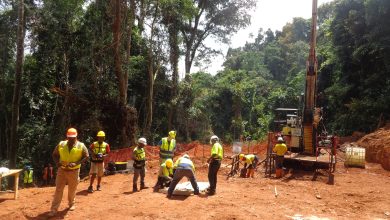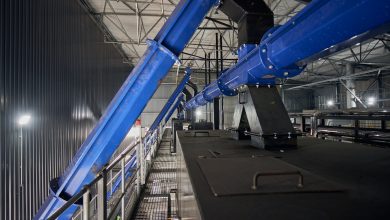
Work stoppages cost mining industry millions
South Africa’s mining sector, at the heart of the economy, faces some of the toughest challenges including labour unrest, strained community relations and regulatory requirements that directly affect mining licences and productivity.
Without meeting the requirements of the Mining Charter, companies risk losing their licences to operate. At the heart of this is the Social and Labour Plan (SLP), a legally binding commitment that requires mining companies to invest in their workforce and host communities.
The BEE Chamber’s advice is that miners should not approach the SLP as a tick-box exercise, missing the opportunity to build resilience, improve B-BBEE ratings and secure long-term sustainability.
Too often, SLPs are treated as compliance paperwork rather than an opportunity for strategic engagement. When communities feel excluded from opportunities, frustration can build. History shows that unrest can quickly escalate into strikes, protests, mine shutdowns and costly disputes. Each work stoppage could cost millions in lost production, reputational harm and supply chain disruptions.
Mining companies that go beyond the bare minimum, embedding Enterprise Supplier Development (ESD) into their SLP strategies, makes it easier to meet their obligations and prevent disruptions. A well-executed ESD programme does more than tick a box for compliance.
This builds trust, creates local jobs and integrates host communities into the mine’s supply chain as well as an environment where local communities sees the mine as a partner in the creation of shared value. This can result in a reduced risk of conflict and in securing a social licence to operate.
Mining companies often underestimate the importance of host communities as stakeholders. These communities carry the environmental and social burdens of mining activity, yet without targeted investment, they reap little benefit.
Strategic ESD provides a direct solution. By nurturing black-owned SMEs in these regions with access to finance, mentoring and supply chain opportunities, mining companies can demonstrate that value flows back into the community.
Communities will see tangible benefits through local business development and job creation, while mining firms gain suppliers who are motivated to support the operation’s success. In practice, this could include engaging a community-owned transport company for mine logistics, partnering with local engineering SMEs, or supporting agricultural enterprises that provide food services.
Cost of Work Stoppages vs the Value of ESD
As we have seen, downtime can translate into millions of rands in lost output, not to mention the long-term reputational and investor confidence damage. Compared to this, the investment required for ESD is modest, yet its returns can be significant. While it stabilises relationships with host communities and diversifies supply chains, it also strengthens compliance with the Mining Charter while enhancing the company’s B-BBEE scorecard.
For mining companies, this is not just about being compliant. It is about business continuity. In an industry where margins can be thin and global competition fierce, avoiding a single work stoppage could offset the cost of several years of well-planned ESD initiatives.
Strategic ESD also extends beyond immediate suppliers. It is about stimulating long-term socio-economic development in communities that will outlive the life of the mine itself. By investing in enterprises that can survive after the resource is exhausted, such as renewable energy, construction or related services, enablers mining companies to leave behind sustainable economies rather than ghost towns.
The BEE Chamber, specialists in transformation strategy, works with mining companies to align ESD with both compliance and operational needs. Our approach focuses on designing programmes that strengthen supplier pipelines, meeting the requirements of the Mining Charter, and reducing operational risks linked to community dissatisfaction. It’s about helping miners see ESD as an insurance against disruption, rather than an expense line.
While the South African mining sector will always face cyclical commodity prices, regulatory scrutiny and labour complexities, companies can control how miners manage their social licence to operate.
By recognising host communities as critical stakeholders and embedding strategic ESD into business models, mining companies can better secure continuity, maintain compliance and contribute meaningfully to South Africa’s socio-economic development.






